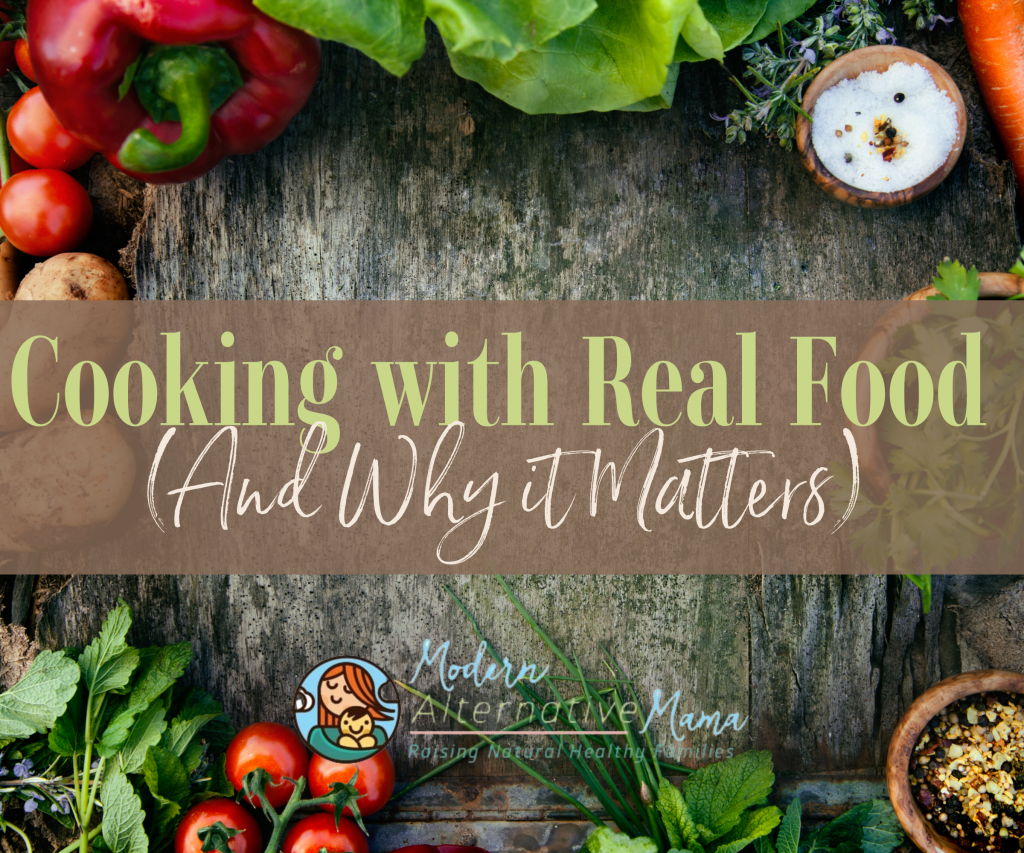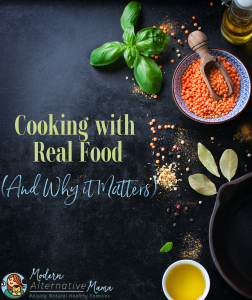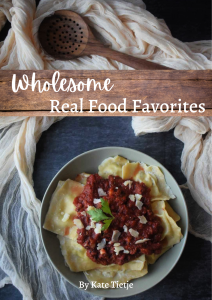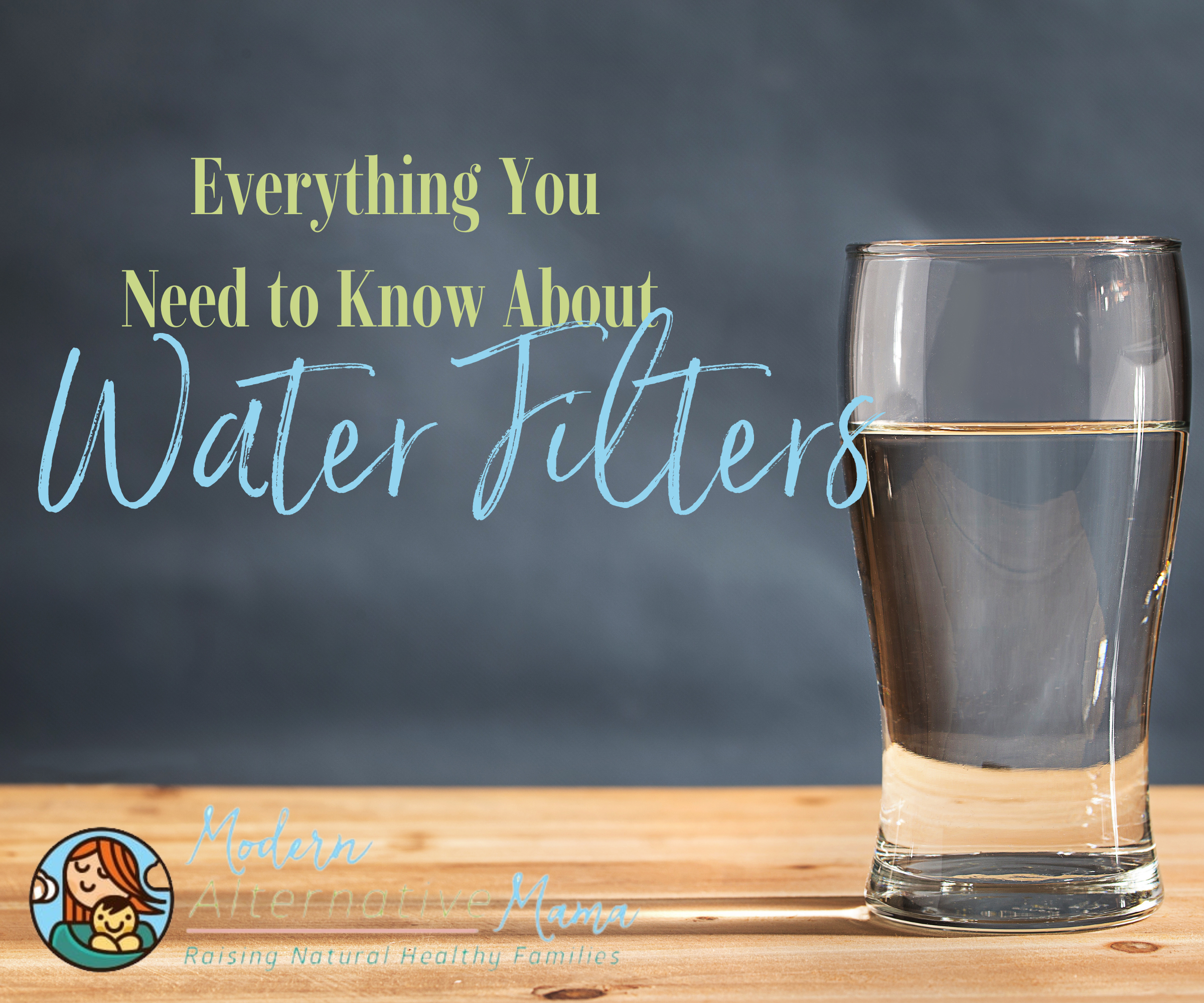By Rustina, Contributing Writer
Every day. Every night. The same questions always linger: What are we going to do for food? What should we make? Should we just make it “simple” and go out for food tonight? Does it even matter? Followed by, “No, not that. I’m not in the mood for that AGAIN.”
What’s worse than that? Going through that stress AND having less nutritious meals that don’t help you or your family’s health. What we eat is important. No one wants to eat food that can harm them. Eating real food and making simple meals is possible and can even save you time and money in the long run! Whether a seasoned cooking mama or a newbie to natural health, we are all important to this great trend that really needs to go viral!
What is “Real Food” Anyway?
When you hear us say “real food,” we mean food you can grow or raise, or someone you trust can do so, whether a company or local farmer. Produce like strawberries, watermelon, cabbage, spinach, radishes, carrots, and all the more “exotic” ones like dragon fruit and papaya. Meats like steaks, pork chops, bacon, and whole or cut up chicken. Dried or powdered spices, grains (unrefined, unbleached, etc), and herbs. Butters and oils have a place here also. Just look for ones that are cold-pressed and from sources that are truly organic (a label can say something, but always look into the company process also)!
So, Why does it Matter?
There are many reasons why real food is better than the over-processed and synthetically “enriched” items found on the store shelves. I am going to pick a few of those reasons to go into below!
5 Reasons to Reach For Real and Wholesome Food:
#1 You know what is in your meal
Have you ever been at a potluck and looked at that casserole, contemplating if you want it? I mean, what is in there anyhow?
Yet, many of the same people who would say yes to that, don’t give another thought to grabbing a box mix with bleached flour, Monosodium Glutamate, and a whole slew of everything else! Did you know there is even an acceptable limit of bug parts, rodent hairs, insect eggs, maggots, and more in the food that is processed? You can read more about what those limits are at this FDA link.
I will take those fresh strawberries with occasional shriveled leaves and rinse my food off any day! There are risks everywhere, which is why I would rather control that locally myself. How about you?
#2 You know what ISN’T in your food
As a farm girl, my Dad always tried his best to keep his fields, seeds, and livestock as close to all natural as possible. There were times when a better natural option wasn’t known, but I always loved that he tried his best! These days, one never knows what is really in the boxes or bottles on the shelves. Food Dyes and Additives have been linked to all sorts of conditions like eczema, cancer, ADHD, allergies, obesity, infertility, migraines, and so many more conditions. We have to be careful and protect ourselves and loved ones!
Reading labels and knowing what to look for is a great place to start! You can read more about what to watch out for here:
#3 Cost less in the long term
In the long run (and even in the short term often), the cost for real, whole foods are lower costs than buying the processed foods off the shelves. There are often more local options than people realize. Local Farmers Markets are making a big presence all across the US. In my small town of only 6,000 people, we have 2 different ones on 2 different days! Then, there is the local butcher shop and a ton of different Amish shops and greenhouses. There is also the ability to grow your own food as much as possible. The big key is getting good soil (you can research composting if you are a DIYer). It is easy and kind of fun! You can find some other natural living tip in this Simplify Living Guide.
Another cost saving benefit is that your health will, in many small or large ways, improve! More nutrients gives your body the better chance to fight off illnesses and heal itself.
Here are some great tips for gardening, grocery budgeting, and farmers markets:
- 20 Ways to Tie Gardening into Your Spring Homeschool
- The Top 5 Veggies for Your Detox Garden
- Growing a Bountiful Garden in a Cold Climate
- DIY: Raised Bed Herb Garden
- Growing Herbs Indoors for Winter
- Turn Your Yard into a Garden
- 7 Unusual Ways to Stretch the Grocery Budget
- 8 Pitfalls that Lead People to Overspend on Real Food
- 7 Tips for Shopping at a Farmer’s Market
- Smart Shopping Tips for Buying Local
- Getting to Know Your Farmer
- 5 Ways to Save at the Farmers Market
#4 Removes extra processing and leaves more nutrients
Ultra processed foods remove nutrients that we need and often are then replaced or “enriched” with isolated versions of nutrients (sometimes derived from mold or GMO products). You can read some examples of these isolated vs real nutrients in these posts:
Folate vs Folic Acid in The Nutrients You Really Need in Pregnancy
Vitamin C vs Ascorbic Acid in What You Need to Know About Vitamin C Supplements
Along with the benefit of the whole nutrients received as it is intended in nature, whole foods also have less processed sugar and sodium. Processed foods as a main part of the diet can lead to inflammatory conditions, diabetes, cardiovascular disease, disrupt the gut’s bacteria balance, and so much more (1).
You can read more about sugars and salts here:
Read more about the troubles with ultra processing here:
- The UN Decade of Nutrition, the NOVA food classification and the trouble with ultra-processing
- Consumption of ultra-processed foods and associated sociodemographic factors in the USA between 2007 and 2012: evidence from a nationally representative cross-sectional study
#5 Easier to adjust family’s nutrition needs
Is someone feeling down under? Start a soup and throw in some astragalus root and extra garlic – I say extra, but I’ll be honest, that means more like extra extra because I always use a lot of garlic!
Is someone having troubles with their joints – needing extra vitamin C, D, and collagen perhaps? Add some fish and carrot chips to the menu!
Someone need extra calming and focus support? Try out a bone broth and/or mushroom blend hot cocoa!
Real Food Cookbooks do Exist!
So many times, cookbooks have disappointed me. You open it up to find a ton of recipes with prepackaged ingredients that I don’t like, so much sugar I might cry, or a bunch of ideas that no one else here even likes!
If you are looking for a variety of healthy, real food recipes that are easy to make, delicious, and actually kid-approved, then get a copy of Kate’s Wholesome Real Food Favorites Cookbook!
There are a variety of healthy desserts, appetizers, main courses, smoothies, butters, sauces, and more in the 150 pages of this book! There is a page about suggested substitutes if needed and a basic pantry supplies list also. There are more than 90 recipes. My personal favorites in it are Apple Spice Cake with Cream Cheese Frosting and Chicken Pot Pie Soup.
Some of the Earthley Products that I use in our meals:
Super Food Powder (this powder mix is so tasty in a bowl of applesauce!)
Immunity Soup (dehydrated and shelf stable for easy pantry storage)
Cocoa Calm (Have you ever tried Hot Chocolate Bone Broth? I thought it was crazy, but it turns out that it is one of the most delicious things on Earth!)
There are a lot more reasons why choosing foods that are whole and unprocessed are best, but these cover the basics well. I started making the change over to whole foods a few years ago. I didn’t do it all at once, but slowly, one step at a time. We still eat out sometimes and enjoy some “unhealthy” foods. Perfection is a hard target. Striving for that is stressful. I aim to keep everything in moderation although I don’t think the dirty dishes ever listen to that!








